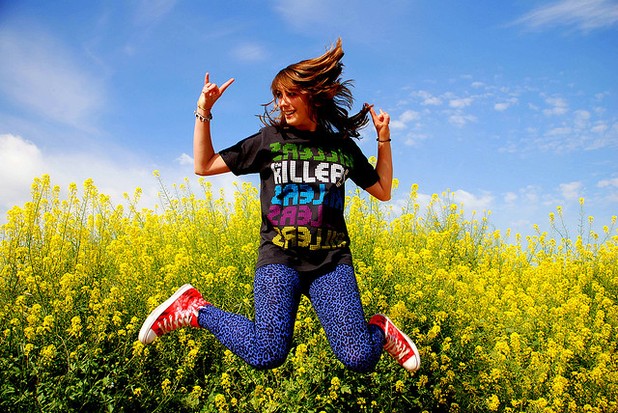Teen Marijuana Use on the Rise (2010 Monitoring the Future Survey Results)
For 36 straight years, researchers at The University of Michigan have surveyed Americans teens to get a better idea of adolescent attitudes on and usage of drugs and alcohol.
Some highlights from the 2010 survey, which was released today, include:
- Marijuana use continues to rise, and daily marijuana use is at its highest rate sine the early 1980s - 6.1% of 12th graders use marijuana on a daily basis.
- 35% of high school seniors admit to smoking marijuana at least once over the past year.
- After marijuana, Vicodin is the most commonly abused illicit drug, with 8% of high school seniors admitting to past year use – this is down from 9.7% in 2009.
- Over the past 30 days, more high school seniors smoked marijuana (21.4%) than tobacco (19.2%)
- Teen drinking is on the decline. 41.2% of high school seniors admitted to past year drinking, which is down from 43.5% in 2009. Binge drinking (drinking 5 or more drinks in a sitting) is also down slightly, with 23.2% of high school seniors admitting to past year binging, compared to 25.2% in 2009.
- 5.5% of high school seniors used salvia over the past 12 months
In commenting on the survey results, NIDA Director Nora D. Volkov expressed concern about rising marijuana use, saying, "These high rates of marijuana use during the teen and pre-teen years, when the brain continues to develop, place our young people at particular risk. Not only does marijuana affect learning, judgment, and motor skills, but research tells us that about 1 in 6 people who start using it as adolescents become addicted."
Read all survey results at 2010 Monitoring the Future Survey.
Post a comment 0
Copyright Notice
We welcome republishing of our content on condition that you credit Choose Help and the respective authors. This article is licensed under a Creative Commons License.

 John Lee
John Lee
